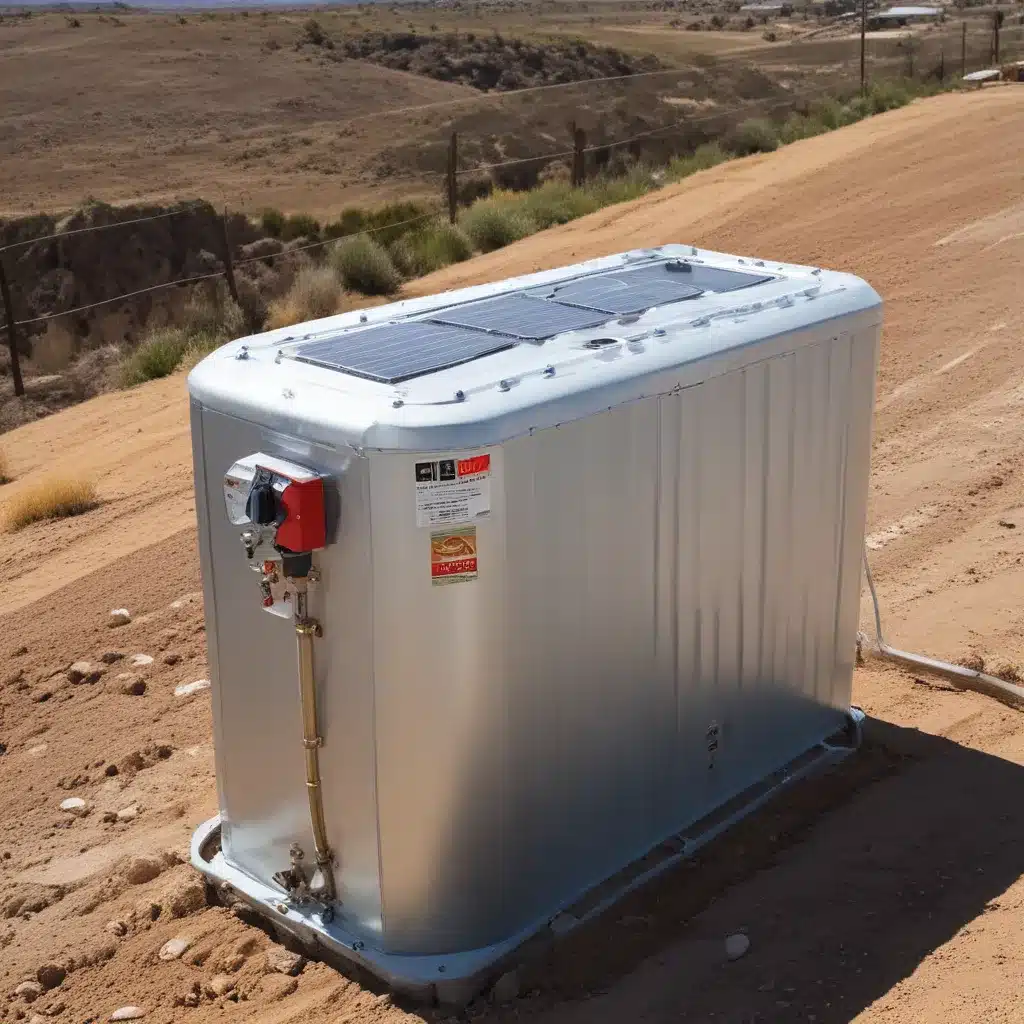
Solar thermal water heater systems are becoming increasingly popular for their energy-efficient and eco-friendly performance. However, one common challenge with these systems is the buildup of sediment over time, which can impair their functionality and reduce the lifespan of critical components. At WaterHeaterPick, we’re passionate about helping homeowners and plumbers optimize the performance and longevity of their water heaters through effective maintenance strategies. In this comprehensive guide, we’ll dive deep into the causes of sediment accumulation in solar thermal water heaters and explore the essential practice of flushing to mitigate this issue.
Now, this might seem counterintuitive when dealing with water heaters…
Understanding Sediment Buildup in Solar Thermal Water Heaters
Sediment accumulation is a natural occurrence in water heater systems, including solar thermal units. As water circulates through the tank and piping, minerals and other dissolved solids can precipitate out and settle at the bottom of the tank. This sediment can be composed of calcium, magnesium, iron, and other minerals commonly found in water supplies.
The factors that contribute to sediment buildup in solar thermal water heaters include:
Water Quality: The mineral content and hardness of the incoming water supply play a significant role in the amount of sediment that accumulates over time. Areas with “harder” water tend to experience more rapid sediment buildup.
Temperature Fluctuations: The cyclic heating and cooling of water in a solar thermal system can cause dissolved minerals to precipitate out and settle, leading to sediment accumulation.
Stagnation: When water sits idle in the tank or piping, it allows time for minerals to drop out of solution and accumulate as sediment.
Tank Design: The shape and internal configuration of the water heater tank can influence how sediment settles and collects over time.
The presence of sediment in a solar thermal water heater can have several adverse effects:
- Reduced Efficiency: The sediment acts as an insulating layer, hindering the transfer of heat from the heating element to the water, decreasing the system’s overall efficiency.
- Heating Element Damage: Sediment can build up on the heating element, causing it to overheat and potentially fail prematurely.
- Impaired Water Flow: Accumulated sediment can restrict water flow through the tank and piping, reducing hot water delivery and pressure.
- Increased Corrosion: The sediment can create an environment that accelerates the corrosion of the tank, valves, and other metal components.
Recognizing the symptoms of sediment buildup, such as reduced hot water output, discolored water, and decreased system efficiency, is the first step in addressing this common problem.
Flushing: The Essential Maintenance Technique
Flushing is a fundamental maintenance procedure for solar thermal water heaters that helps to mitigate the effects of sediment accumulation. By regularly flushing the system, you can remove the built-up sediment and restore optimal performance.
The flushing process typically involves the following steps:
Drain the Tank: Begin by turning off power to the water heater and shutting off the cold water supply. Connect a garden hose to the drain valve at the bottom of the tank and direct the output to a suitable drainage area.
Flush the System: Open the drain valve and allow the tank to fully drain. Once empty, close the drain valve and turn the cold water supply back on. Allow the tank to refill, then repeat the draining process several times to flush out the accumulated sediment.
Clean the Heating Element: With the tank drained, inspect the heating element and remove any sediment buildup using a stiff brush or scrub pad. This helps to restore the element’s efficiency and prevent premature failure.
Refill and Restart: After flushing, close the drain valve and allow the tank to refill completely. Once full, restore power to the water heater and double-check that it is operating correctly.
It’s recommended to perform this flushing procedure annually or every two years, depending on the specific water conditions and usage patterns of the solar thermal system. In areas with hard water, more frequent flushing may be necessary to maintain optimal performance.
Preventive Maintenance Practices
In addition to regular flushing, there are several other preventive maintenance practices that can help mitigate sediment buildup and extend the lifespan of a solar thermal water heater system:
Anode Rod Replacement: The anode rod is a sacrificial component that helps to prevent corrosion within the tank. Over time, the anode rod will become depleted and should be replaced every 3-5 years to maintain its protective function.
Tank Insulation Checks: Proper insulation around the water heater tank helps to maintain water temperature, reducing the risk of sediment precipitation. Regularly inspect the tank insulation and replace it if necessary.
Water Softener Installation: For homeowners with hard water, installing a water softener system can dramatically reduce the amount of mineral buildup in the water heater, helping to prevent sediment accumulation.
Diligent Flushing: While the annual or biennial flushing routine is essential, consider flushing the system more frequently if you notice signs of sediment buildup, such as reduced hot water output or discolored water.
By combining regular flushing with these preventive maintenance practices, you can help double-check that your solar thermal water heater system operates at peak efficiency for years to come. Proper maintenance is the key to maximizing the performance and lifespan of these energy-efficient units.
For more information on water heater systems, plumbing solutions, and expert installation insights, be sure to visit WaterHeaterPick.com. Our team of experienced professionals is dedicated to providing comprehensive guidance to homeowners and plumbers alike.
Example: Basic Water Heater Maintenance for Homeowners 2023

